Today, collecting a group of similar objects, like my penny collection, can be as simple as grouping just the photographs of similar things. I am reminded of the popular poster I have seen of “Doors of Ireland,” where a photographer grouped and contrasted similar front doors. The many shapes and colors were an instant hit in decorator shops. Putting similar objects side-by-side allow you to see the beautiful and often subtle differences.
This week I share the taxonomies of many things, from groupings of actual objects to photographic comparisons, like Wisconsin deer stands. Quirky collections are the most fun. I have a friend who collects fallen cat whiskers from the floor of her home (they have 10 cats). The whiskers are displayed on the windowsill of her kitchen, in a small bottle. The whiskers sit large end down and emerge from the top. Looking like a small shaving brush, its mystery and reason for being collected at all defy the rational. I think it’s great.
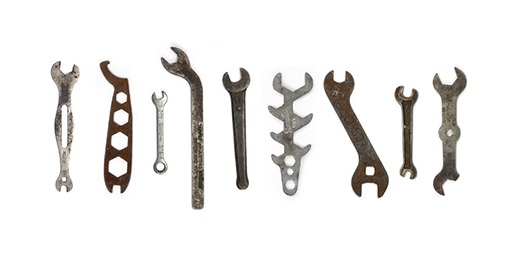
A collection of 9 vintage wrenches. Photography © Diana Zlatanovski
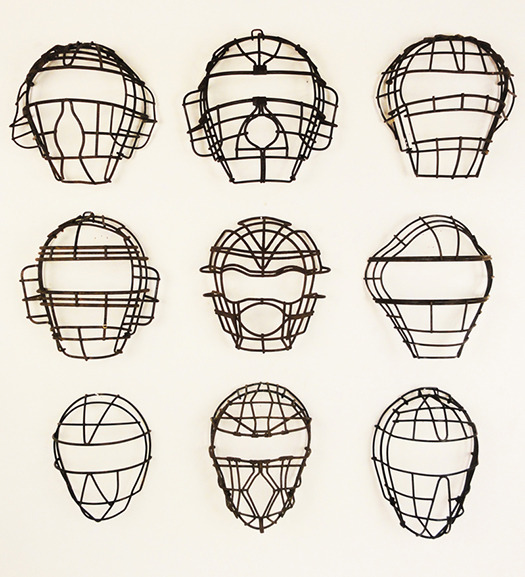
A collection of 9 antique metal catchers masks.
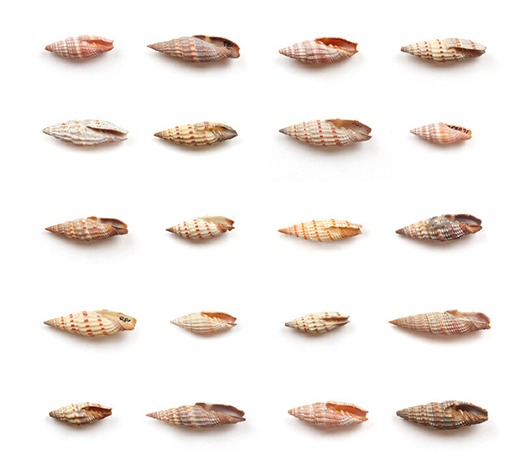
A collection of 20 seashells. Photography © Diana Zlatanovski
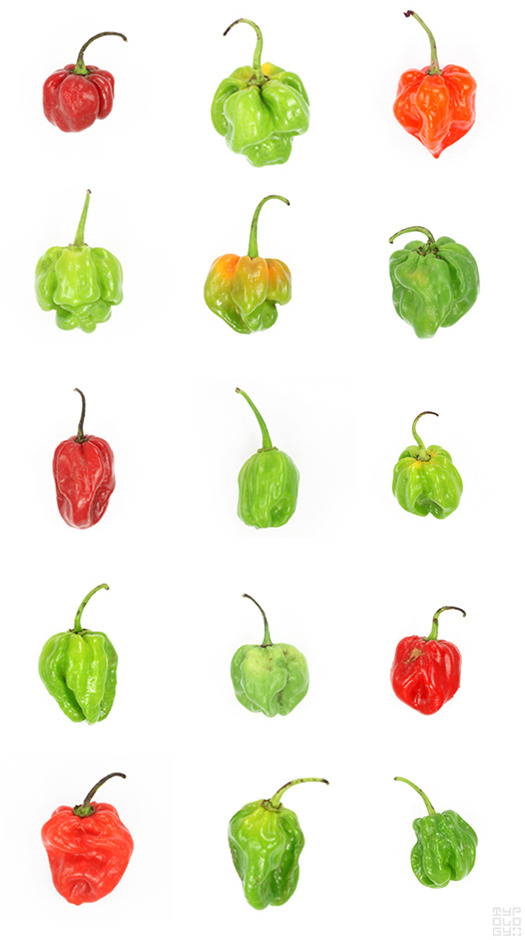
An assorted collection of 15 peppers. Photography © Diana Zlatanovski
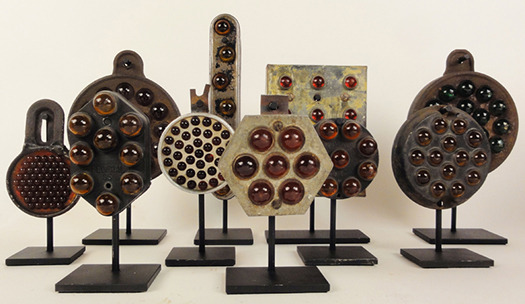
A collection of 10 custom mounted antique and vintage car and truck metal reflectors measuring 6 1/2" to 11 1/2" on their stands.

A collection of 104 antique wooden spinning tops. All different colors, surfaces and textures.
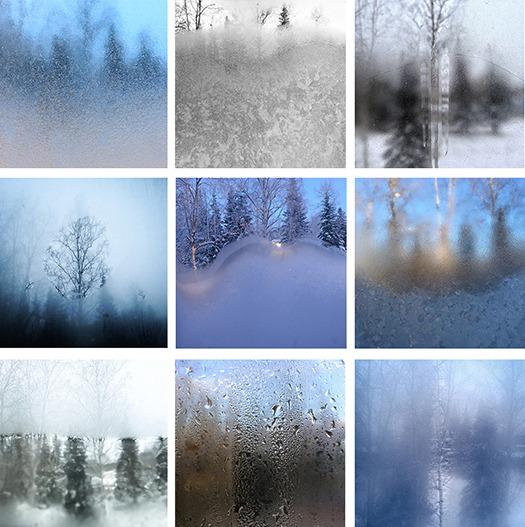
A photographic collection of scenes from a frosted bedroom window. Photography © Mark Meyer

A collection of late 1800's to early 1900's wire hangers

A typology of day/night cottages. Photography © Douglas Ljungkvist.
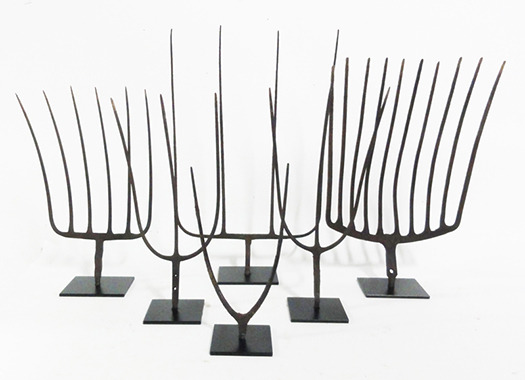
Collection of 5 antique hand-forged steel pitchfork heads measuring 11" to 20".

Collection of old workman's vintage shovel handles in cast iron, steel and wood
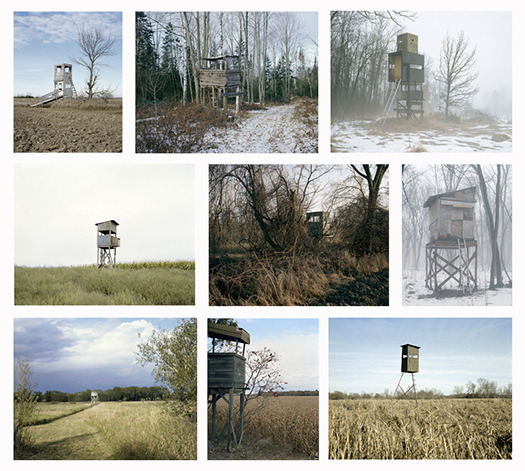
Photographs of Wisconsin deer stands. Photo © Jason Vaughn
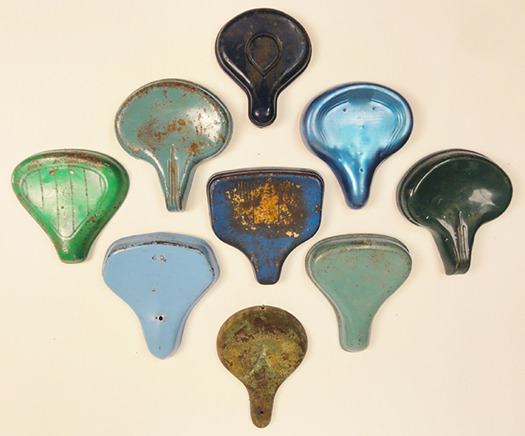
Collection of 9 vintage and antique metal children's tricycle seats in greens, blues, navy, and turquoise.

Collection of 16 globes. Artist: Wendy Gold
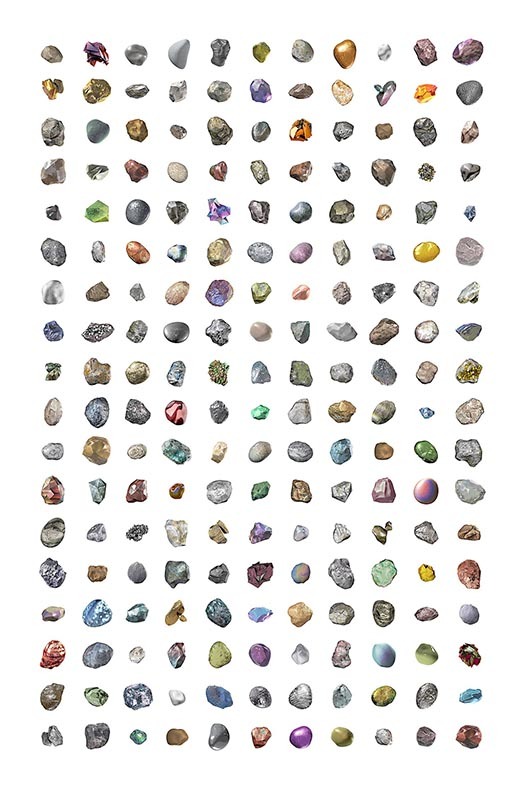
Collection of 198 Rocks by © Tabor Robak
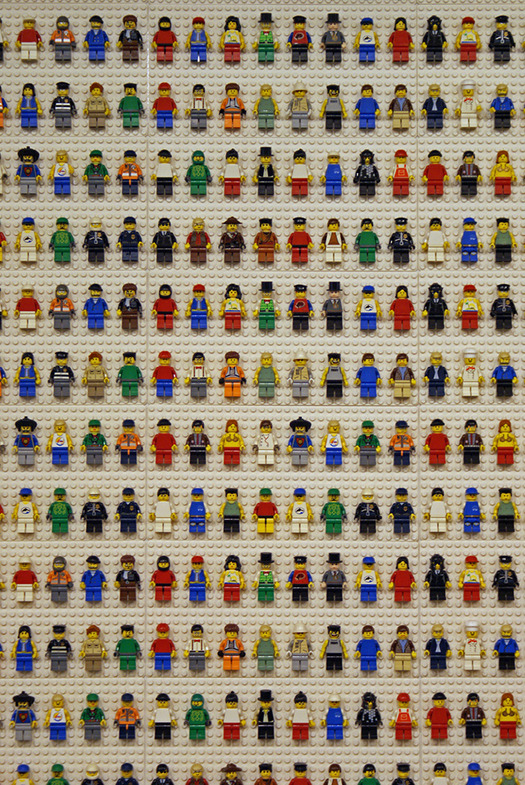
Collection of Lego figures by StartTheDay
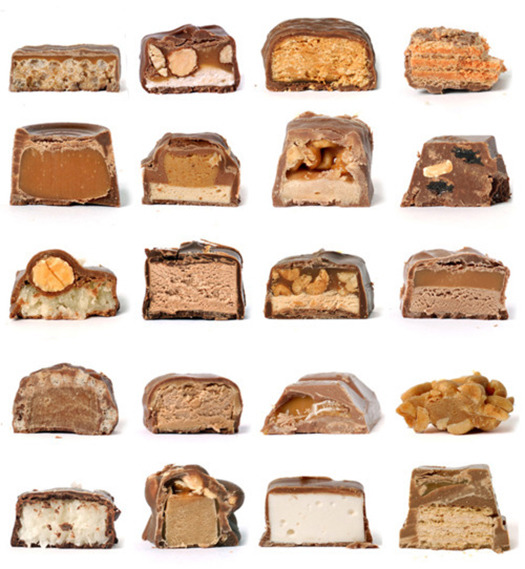
Collection of 20 split chocolate bars.
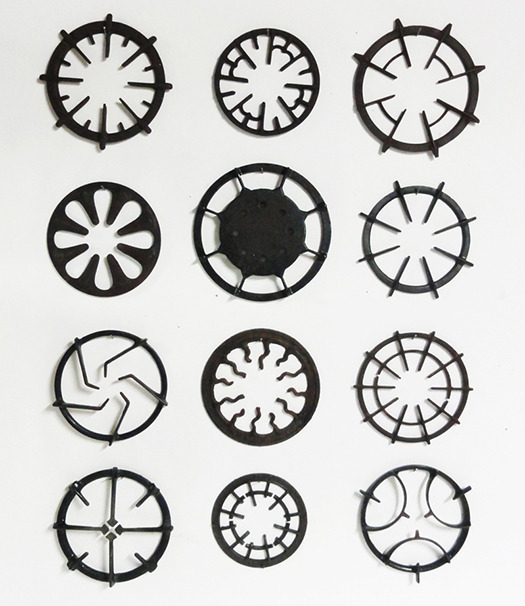
Collection of 12 antique cast iron stove grates of various designs measuring 6" to 11" wide.

Collected photographs of 42 yellow chairs.
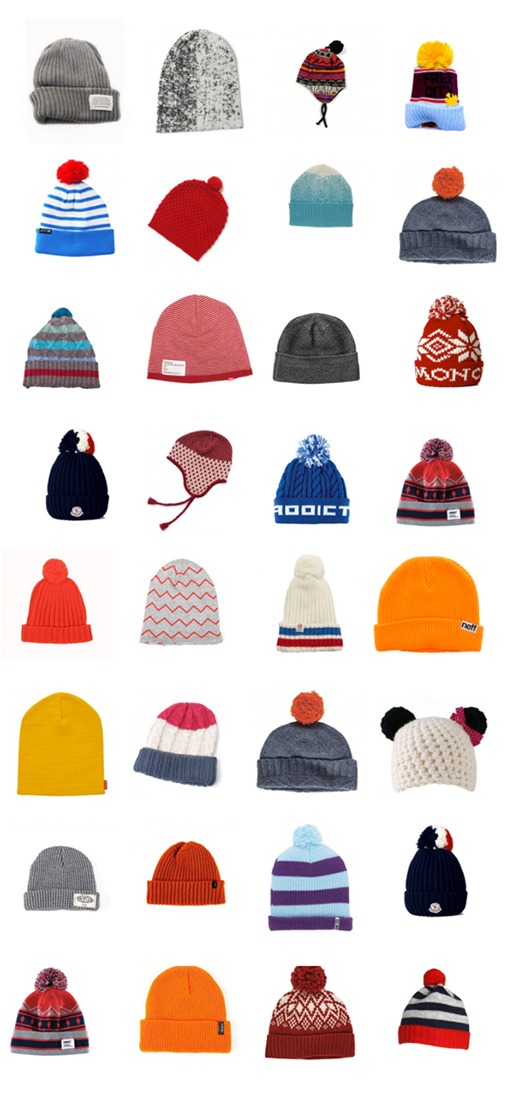
Collection of 32 winter stocking hats.
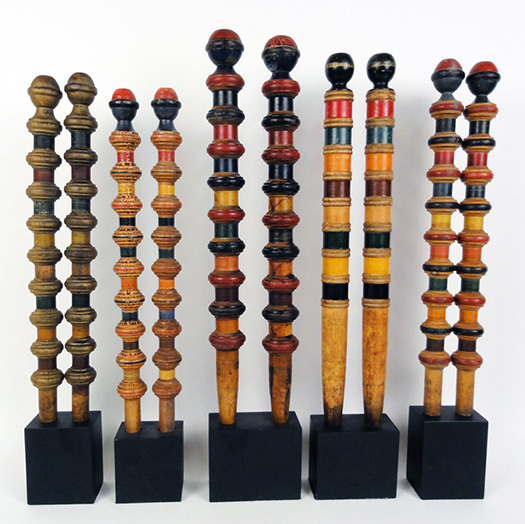
Collection of 5 pairs of antique turned wooden croquet posts with original paint.
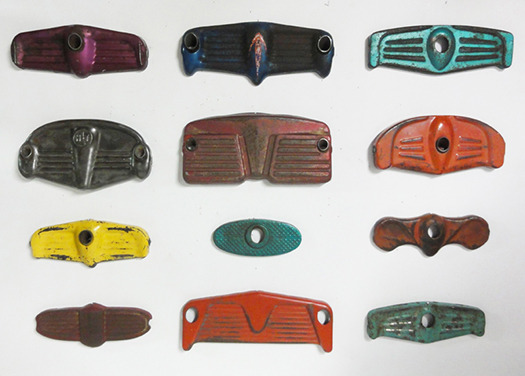
Collection of 12 antique pressed steel child's tricycle running boards in assorted original painted colors. These graphic pieces resemble medieval gorgets or super hero insignia. This collection ranges in size form 9" to 15 ½".
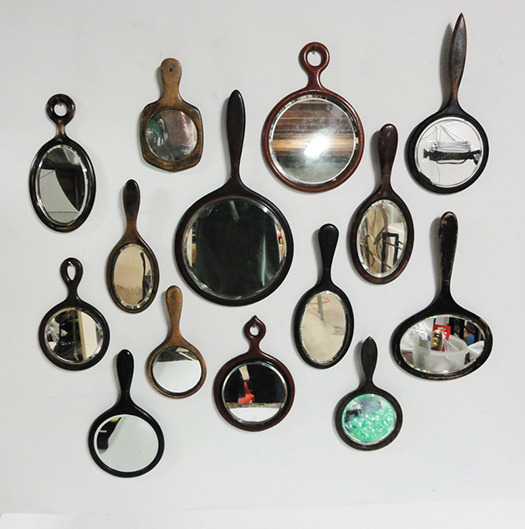
Collection of 14 antique 19th and early 20th century wooden hand mirrors with beveled glass ranging in size from 7 1/2" to 15 ¼".
